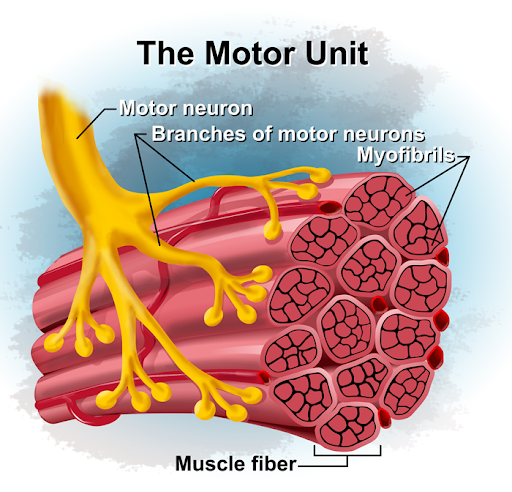Of course training at higher rep ranges is useful to some degree for developing strength. Everyone agrees that it's important to build muscle and to have at least some base level of muscular endurance, even if only to be able to do a sufficient number of low-rep sets in training. Even weightlifters and powerlifters, who train exclusively for the goal of demonstrating strength in a single effort*, use complexes and higher-rep sets to condition and build muscle.
* Of course, powerlifting competitions actually involve nine lifts, and weightlifting six — and weightlifting's clean-and-jerk requires a three-step effort (pull/squat/jerk), so even then in these extreme domains it's not entirely a single effort.
But some adaptations are more general than others. Improving my 20-rep squat is great, and useful, and tremendous for athletic development across multiple dimensions: conditioning, mental focus, muscle growth, ingraining form, toughening non-muscular soft tissue, improving muscular endurance, and for many people (including nearly all beginners) it will improve their squat one-rep max. So if a set of 20 squats improves your one-rep max, then yes you should be doing sets of 20 squats.
The SAID Principle
But an untrained person can improve their squat one-rep max by doing push-ups, too, because weak and de-conditioned people's bodies respond to nearly any athletic stimulus! So why not do push-ups to get your squat 1RM up?
Because push-ups quickly stop improving your squat. General stimuli cause general adaptation, but it's not long before you need specific adaptation. This holds true for the relationship between high-rep squats and your squat 1RM: it will improve things up to a point, but its contributions taper off. Building muscle remains important but muscular endurance stops being an obstacle. Then the directional difference in the relationship becomes clear: working on your 20RM will improve the proportion of your 1RM that you can do for reps, but your 1RM will stop moving.
The other direction stands in contrast: because one's 1RM is by definition a ceiling for higher rep maxes, increasing your 1RM makes higher rep maxes possible that would otherwise not be. One can always try to make their 2+RM a greater proportion of their 1RM. The opposite is harder: your 1RM will stop going up if you train only in high rep ranges.
Thus the most common recommendation is for beginners to start with 20-rep squats (because it will develop all their athletic qualities) and after a few months to switch to sets of 5, and then to lower-rep sets when sets of 5 stop making increases in weight possible. This is clear and even obvious to folks who have seriously tried to drive their strength up.

